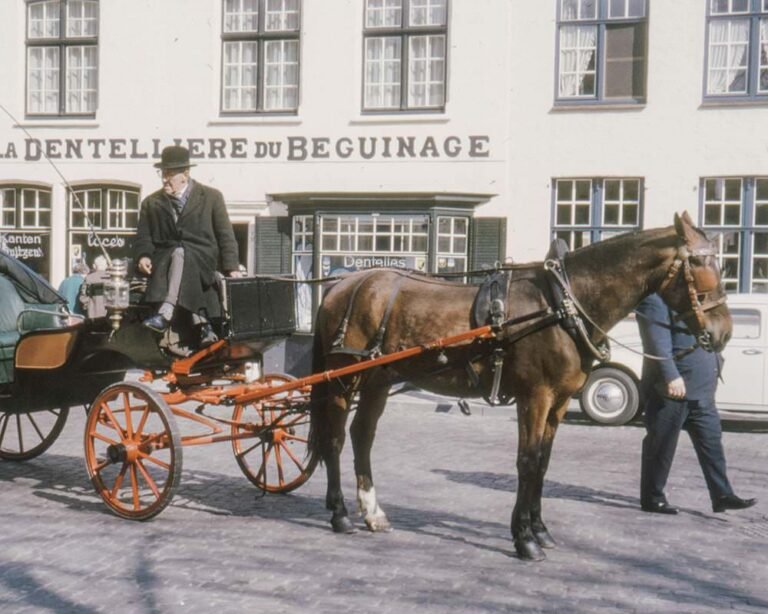jambon cru vs jambon cuit
What is “jambon cru” in French? What is “jambon cuit?” Both are types of meat made from the same cut of pork. But what is the difference?
“Jambon cru” means “raw ham” or “uncooked ham.” Raw ham sounds dangerous to eat, but jambon cru is fine. It is a ham that has been cured over a long period of time – usually about two years. It is roughly similar to the Italian “prosciutto” cured ham in appearance and method of preparation. This cured meat needs to be kept out of the heat, but it doesn’t require refridgeration per se. It is a type of ham that was prepared and eaten long before fridges were invented.
“Jambon cuit” translates as “cooked ham” (literally “ham cooked”). It is cooked in either boiling water or steam for a period of several hours. This type of ham needs to be kept in the fridge before eating, because it has a much higher water content than jambon cru. It is somewhat similar to the kind of ham that is used in sandwiches in English speaking countries.
Jambon cru has twice as much fat content as jambon cuit. However the flavour of jambon cru is more intense and complex than jambon cuit, so the French tend to eat smaller quantities of jambon cru. The curing process creates strong, interesting flavours in jambon cru.






